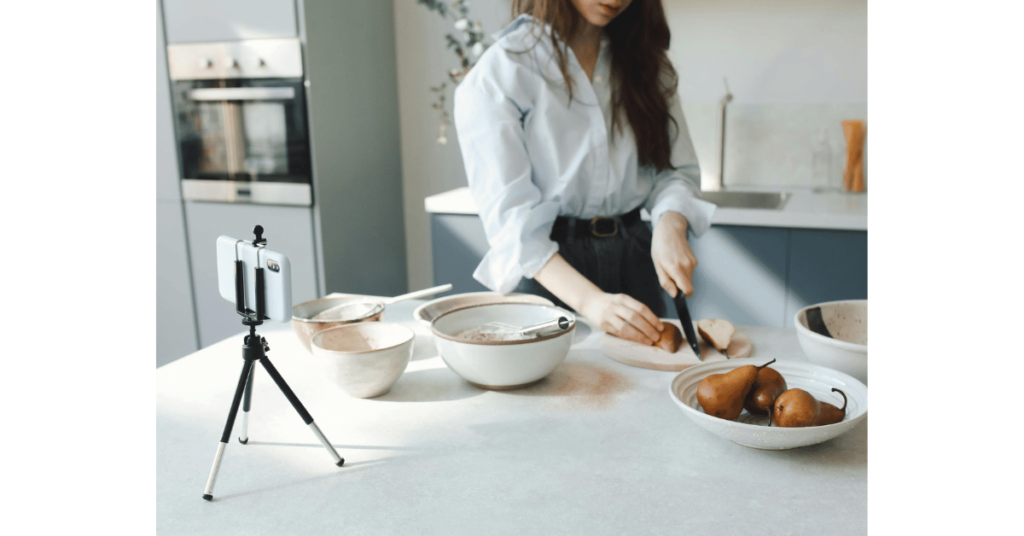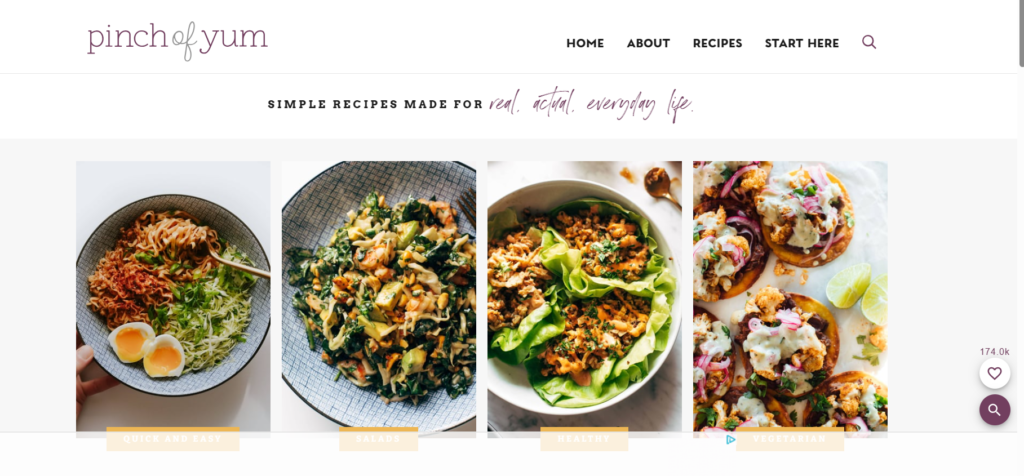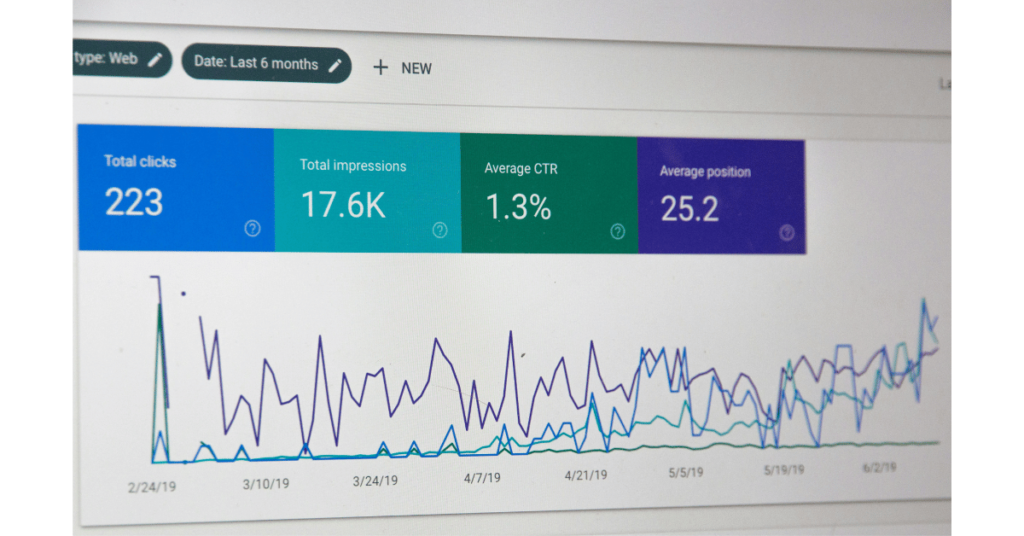The Secrets of Successful Food Blogging

Today’s digital age has made food blogging more than just a hobby.
It’s a platform for sharing passion, building a community, and even a lucrative career.
Oh, but wait
Before exploring these secrets. Let me explain.
In this article, we’ll uncover the secrets of successful food blogging.
But what separates the great food bloggers from the rest?
Understanding the Food Landscape
Before diving into the secrets of successful food blogging, let’s first understand the food world.
Food bloggers, influencers, and vloggers have taken the internet by storm.
In South Africa, plant-based food bloggers are exerting their influence.
For example, there is Jason McNamara. He is the creator of The Kind Kitchen in Woodstock.
There is also Sue Gajathar, the founder of The Vegan Chef restaurant group.
We also have Eugene Volkov, who owned We Cafe.
Leozette Roode has expanded her blogging by writing The South African Vegan Cookbook. And there are many other food bloggers in this space.
Platforms like Instagram, YouTube, and personal blogs have caused a rise. There’s a massive appetite for culinary content.
But it’s not just about pretty pictures and tasty recipes.
Successful food blogging requires strategy, creativity, and business acumen.
Crafting Your Unique Culinary Voice

Pexels/Polina Tankilevitch
Finding Your Niche
Researching your niche is critical to the success of your food blog.
Are you a vegan baker, a connoisseur of exotic cuisines, or a home cook with a flair for family recipes?
Identifying your speciality helps you stand out. It also attracts a dedicated audience who share your interests.
Authenticity Is Key
Authenticity resonates with readers.
It’s about being authentic in your writing, cooking, and interactions with your audience. Share personal stories, successes, and even failures.
This honesty builds trust and a loyal following.
Engaging Content: The Heart of Your Bog
Visuals That Make Mouths Water

Lindsay’s Pinch of Yum
They say we eat with our eyes first, and that couldn’t be more true in food blogging.
High-quality images and videos are crucial.
Learn basic food photography and styling. These skills help you make visuals that capture your dishes’ essence.
Recipe Development and Storytelling
A successful food blog doesn’t do more than just list ingredients and directions. It weaves a story around each recipe.
That’s why I love Lindsay’s Pinch of Yum. It has all the characteristics of a good food blog.
Discuss the inspiration behind your dishes.
Also, talk about the history of ingredients. Or discuss the cultural significance of foods.
This explanation enriches the reader’s experience and adds depth to your content.
The Technical Recipe for Success
SEO: The Secret Sauce

Unsplash/Steven Phillips
Your understanding and implementation of SEO (Search Engine Optimization) is non-negotiable.
Use targeted keywords like “food blogger” and “food influencer.” Also, use “foodie vlogs.” These will improve your search rankings. They will make it easier for potential followers to find you.
User Experience on the Menu
A clean, easy-to-navigate website design keeps visitors coming back for seconds.
Make sure your site is mobile-friendly. Many of your audience will access it on mobile devices.
Monetizing Your Food Blog
Brand Collaborations and Sponsorships
As your blog grows, brands may approach you for collaborations.
Choose partners that share your blog’s values. They should interest your audience. These values maintain your credibility and can be a lucrative income stream.
Affiliate Marketing: Earning While You Endorse
Affiliate marketing involves promoting products you trust. You earn a commission for every sale made through your referral. It’s a great way to monetize your blog without compromising content quality.
Building a Community Around Your Blog
Engagement: More Than Just Likes and Comments
Ensure that you respond to your audience’s comments. Ask for their opinions and encourage them to share their food experiences.
This interaction builds community. It keeps readers invested in your blog.
Social Media: Expanding Your Table

Unsplash/Adam AY
Promote your content on social media. It will help you engage with a bigger audience. Instagram, Pinterest, and Facebook are excellent channels for food influencers.
Regular updates and behind-the-scenes glimpses into your blog life can help grow your following.
Learning From The Best
Successful Food Bloggers to Follow
Study the work of successful food bloggers.
Look at how they present their content, engage with their audience, and stay consistent.
Learning from those who have already made a mark can provide valuable insights. They show what works.
Staying Committed to Your Culinary Journey
Consistency is Delicious
Consistency in posting is crucial.
Be relevant and keep your audience engaged.
Whether twice a week or once a month, find a schedule that works for you and stick to it.
Continuous Learning: A Blogger’s Buffet
The food blogging world is constantly evolving.
Be aware of changing trends in food, photography, and technology.
Continuous learning will keep your blog fresh and exciting.
Takeaways
Food blogging can be very rewarding. It combines your love for food with creativity and community.
Find your unique culinary voice, create engaging content, master the technical aspects, and build a community. This process will set the stage for success.
Remember, the best food blogs are real. They are also visually captivating and valuable to their readers.
Use these secrets as ingredients for your own food blogging success story.
Now, it’s time to start cooking and share your food stories with the world!
Are there any other secrets of successful food blogging we have missed?
Share this content and leave your comments now.
